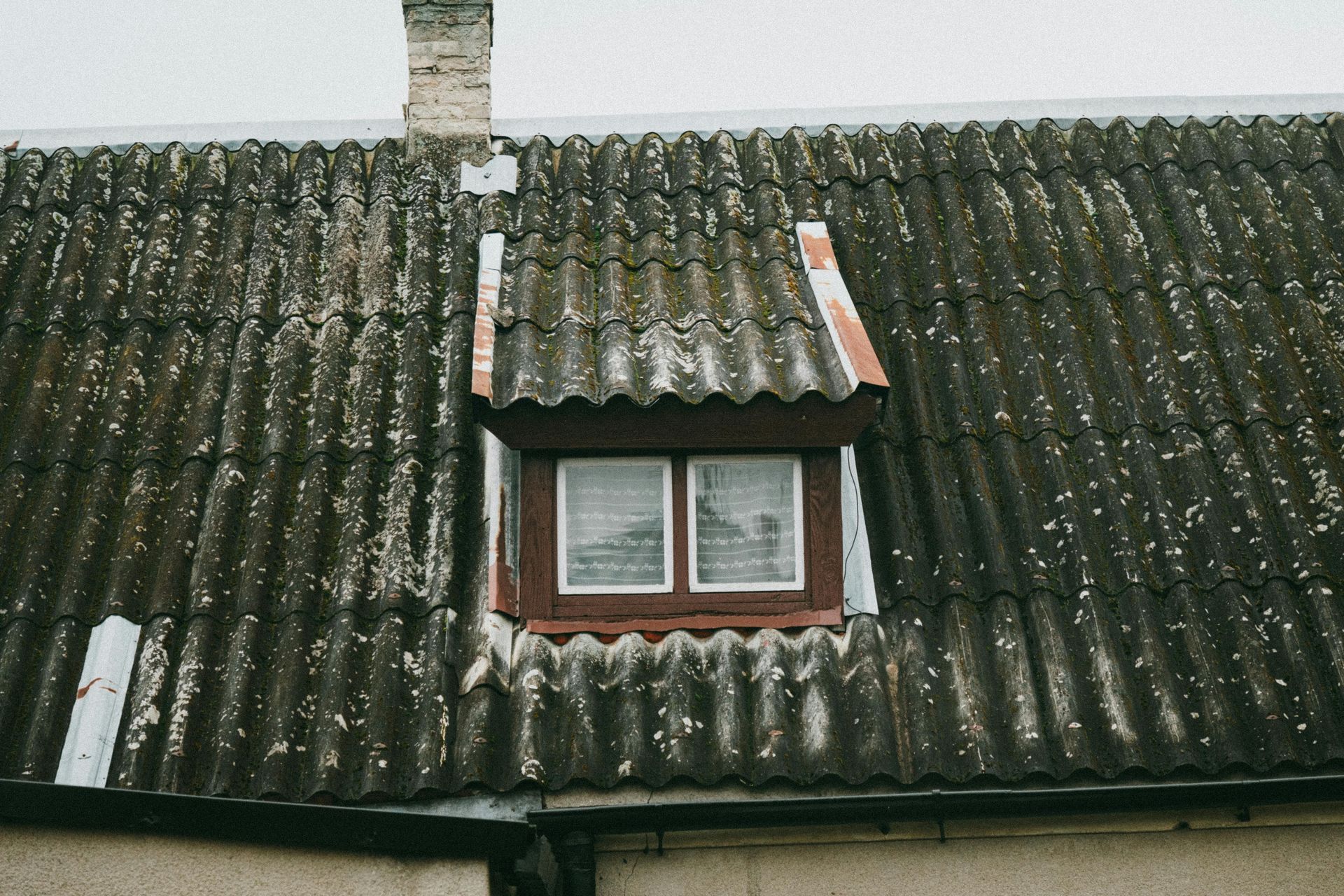Top Tips For Creating The Perfect Green Flat Roof
Having a flat roof has a lot of benefits to it, including more convenient access, the potential to have an extra outdoor rooftop space to use and a better location to place air conditioning units or solar panels, the mostly flat surfaces also allow for unique, versatile additions such as green roofs.
Initially popularised by Waldspirale, a unique melding of nature and architecture by Friedensreich Hundertwasser, green roofing is the installation of a garden or green area on the top of a flat roof.
Not only does this look beautiful and striking, but roof gardens tend to be low maintenance, offer natural insulation that keeps the building warm in summer but also avoids the heat island effect in summer, and help to manage water drainage, whilst also helping the environment.
If you have a flat roof or plan to install one soon, you have the perfect platform for a rooftop garden, and here are some top tips for making it perfect.
Extensive Or Intensive
Whilst in most other contexts the words extensive and intensive largely mean the same thing, they have very different meanings when it comes to green roofs, and choosing which one you want will determine the types of greenery you will be able to grow on it.
An extensive roof is one with a soil layer of less than 15cm (six inches), which is sufficient for a small lawn or flowers, but an intensive roof has a thicker layer of more than six inches that can be used more like a ground-level garden.
Exactly which is more suited to your needs depends on whether you plan on building it yourself or contracting the work out, as well as the structural soundness of your building. Contacting a structural engineer and flat roof specialists
is essential.
Follow The Seasons
When it comes to timing your build, try to install it at the start of spring or the start of autumn, as these two relatively mild seasons will allow for the plants to bed in, take root and brace themselves for either an intense summer or cold winter.










